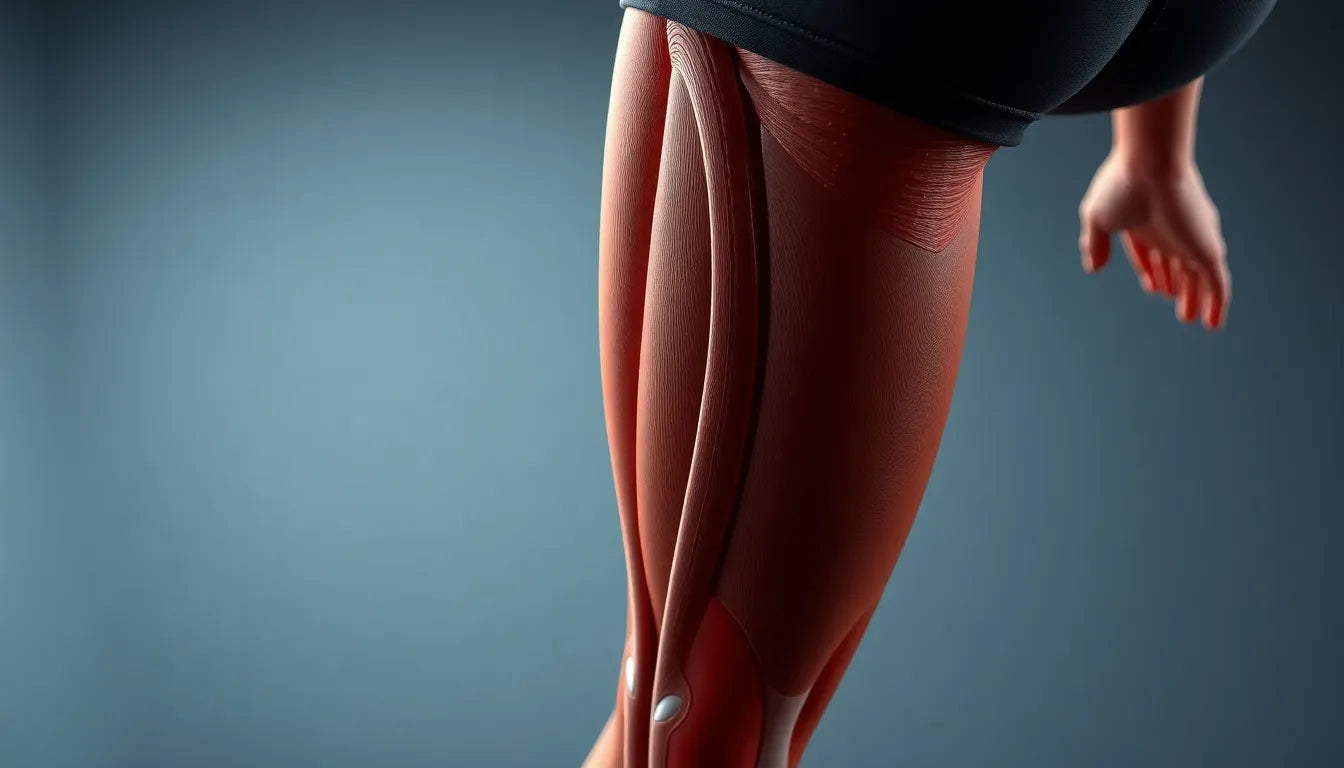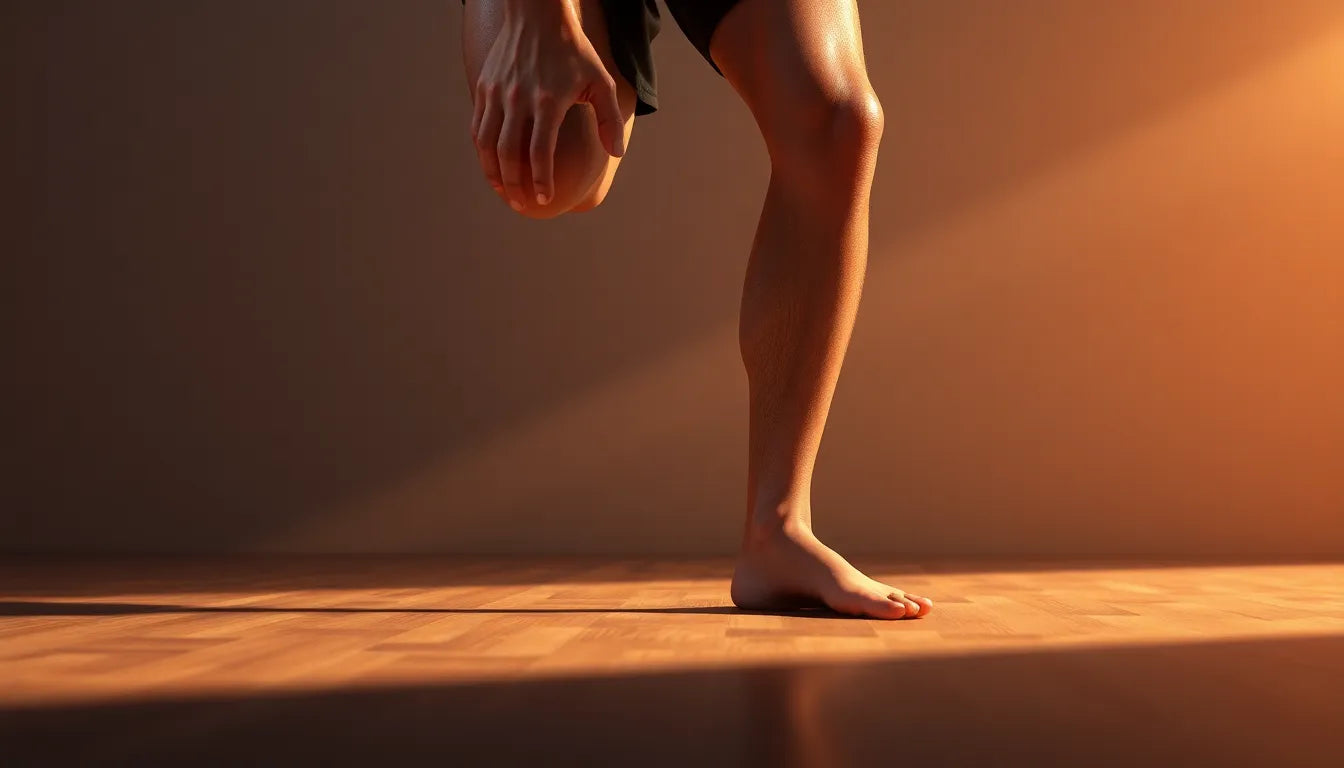Spændingshovedpine, or tension headache, is a prevalent condition that many people experience at some point in their lives. Characterized by mild to moderate pain, it often feels like a tight band constricting the head. This common headache type can significantly impact daily life, leading to decreased productivity and a diminished quality of life. Many individuals find themselves struggling to focus at work or enjoy leisure activities when plagued by these persistent headaches.
The causes of spændingshovedpine are often linked to muscle tension and stress, which can stem from various factors such as poor posture, prolonged periods of sitting, or emotional stress. Addressing both the symptoms and these underlying causes is crucial for effective management and prevention. Ignoring the problem can lead to a cycle of recurring headaches, further impacting one's well-being.
Exercise as a natural remedy
In recent years, there has been a growing interest in non-pharmacological interventions for managing tension headaches. Exercise stands out as a particularly effective method, offering both immediate relief and long-term prevention. By incorporating specific exercises into your routine, you can alleviate the tension and stress that often trigger these headaches.
Exercises targeting the neck, shoulders, and upper back can help reduce muscle tension, improve posture, and promote relaxation. These physical activities work by stretching and strengthening the muscles, thereby reducing the physical stress on the head and neck areas. As a result, individuals who regularly engage in these exercises often report a decrease in the frequency and intensity of their headaches.

Men's Posture Shirt™ - Black
Patented shirt activates muscles and relieves pain; supports better posture daily.

Women's Posture Shirt™ Zipper - Black
Zipper shirt for women activates muscles, improves posture, and alleviates tension.
Moreover, the benefits of exercise extend beyond just physical relief. Engaging in regular physical activity can also enhance your mood and reduce stress levels, which are known contributors to tension headaches. By adopting a holistic approach that combines exercise with other lifestyle modifications, you can effectively manage spændingshovedpine and improve your overall quality of life.
Incorporating exercises into your daily routine can be a simple yet powerful strategy to combat tension headaches. As more people seek alternatives to medication, the role of exercise in headache management continues to gain recognition. By taking proactive steps and embracing these natural methods, you can find relief from spændingshovedpine and enjoy a healthier, more fulfilling life.
Effective exercises for spændingshovedpine relief
Incorporating specific exercises into your routine can significantly alleviate spændingshovedpine, providing immediate relief and helping prevent future occurrences. These exercises focus on improving posture, reducing muscle tension, and promoting overall relaxation. Let's explore some of the most effective exercises that can help you manage and reduce tension headaches.
Shoulder stretch and retraction
Begin by sitting or standing with your back straight. Shrug your shoulders up towards your ears, hold for a few seconds, and then retract your shoulder blades as though you're trying to pinch a pencil between them. Hold this position for 5-10 seconds before releasing. Repeat this exercise 5-10 times. This stretch helps relieve upper body tension, improves posture, and reduces neck muscle strain, which are common contributors to tension headaches.
Chin tucks
To perform chin tucks, sit or stand with your spine straight. Gently tuck your chin towards your chest without bending your neck forward. Hold this position for 5 seconds and then release. Repeat the exercise 10 times. Chin tucks are excellent for improving neck alignment and reducing neck muscle tension, thereby preventing forward head posture, a common cause of spændingshovedpine.
Band/resistance exercises
Utilize an elastic band or resistance band for this exercise. Secure the band at chest height, hold the ends, and step back to create tension. Pull the band towards you, squeezing your shoulder blades together. Hold for a few seconds and release. Repeat 10-15 times. This exercise strengthens the neck and shoulder muscles, enhancing support for the head and neck, which can reduce the incidence of tension headaches.
Trapezius stretch (osteopathic method)
For the trapezius stretch, sit or stand and gently tilt your head to one side, using your hand to apply light pressure. Hold this stretch for 15-30 seconds before switching sides. Repeat 2-3 times per side. This stretch provides deep muscle relief and reduces tension in the upper back and shoulders, which are often tight in individuals suffering from spændingshovedpine.
Cat-cow movements (spinal mobility)
Start on all fours with your hands under your shoulders and your knees under your hips. Inhale as you drop your belly and lift your head into the cow pose, then exhale as you arch your back and tuck your chin into the cat pose. Repeat this sequence 10-15 times. These movements mobilize the back and neck, promoting flexibility and reducing tension, which can be beneficial in preventing tension headaches.
Understanding the mechanism behind exercises
These exercises work by targeting the muscles and structures that often contribute to spændingshovedpine. By stretching and strengthening these muscles, the exercises help improve posture and reduce physical stress on the head and neck areas. Consistency is key; incorporating these exercises into your daily routine can lead to significant improvements in headache management over time.
Regular practice not only alleviates existing tension but also builds resilience against future episodes. This holistic approach addresses both the symptoms and the root causes of tension headaches, offering a sustainable solution for those seeking relief from spændingshovedpine.
additional strategies for managing spændingshovedpine
While exercises are a powerful tool for alleviating spændingshovedpine, integrating additional strategies can further enhance relief and prevention. Stress management techniques, such as mindfulness and relaxation exercises, play a crucial role in preventing tension headaches. Mindfulness practices can help reduce stress levels, a common trigger for these headaches. Engaging in regular relaxation exercises, such as deep breathing or meditation, can also promote relaxation and decrease the frequency of headaches.
Maintaining a healthy lifestyle is equally important. Ensuring an ergonomic workspace can prevent poor posture, which often contributes to muscle tension. Adjust your chair and monitor height to keep your head and neck in a neutral position. Staying hydrated is another simple yet effective way to prevent headaches, as dehydration can exacerbate tension headaches.
physiotherapy and manual interventions
For those experiencing persistent or severe spændingshovedpine, consulting with a physiotherapist or osteopath can provide additional relief. These professionals can offer manual therapy techniques, such as mobilization and myofascial release, which can provide immediate but short-term relief from tension headaches. Osteopathy and craniosacral therapy are advanced approaches that focus on reducing nerve system sensitivity and correcting joint and muscle dysfunctions.
Seeking professional help is especially important if your headaches are chronic or resistant to other treatments. A healthcare provider can tailor a treatment plan to your specific needs, ensuring a comprehensive approach to managing your condition.
frequently asked questions
how often should I perform these exercises to see results?
Aim to perform these exercises daily or at least 3-4 times a week for optimal results. Consistency is key to reducing tension and preventing headaches.
can these exercises completely cure my tension headaches?
While exercises can significantly reduce the frequency and intensity of tension headaches, it’s important to address other factors such as stress and lifestyle habits for comprehensive management.
are there any risks associated with these exercises?
These exercises are generally safe for most people. However, if you experience pain or discomfort, stop immediately and consult a healthcare professional.
should I consult a physiotherapist before starting these exercises?
If you have any underlying health conditions or severe headaches, it’s advisable to consult a physiotherapist or healthcare provider to tailor the exercises to your needs.
Incorporating these exercises and strategies into your daily routine can lead to significant improvements in managing spændingshovedpine. By taking a proactive approach and considering professional consultation if needed, you can find relief and enjoy a healthier, more fulfilling life.
Kilder
- HøreService Danmark. ”Trykken i hovedet og susen for ørerne.”
- CPH Osteopati. ”Tinnitus behandling.”
- YouTube. ”Effective Exercises for Tension Headache Relief.”
- PJKP. ”Tinnitus og stress.”
- Smertefys. ”Spændingshovedpine – ikke nu igen!”
- Peter Goldek. ”Stress kan give dig hovedpine og påvirke både syn og hørelse.”


















